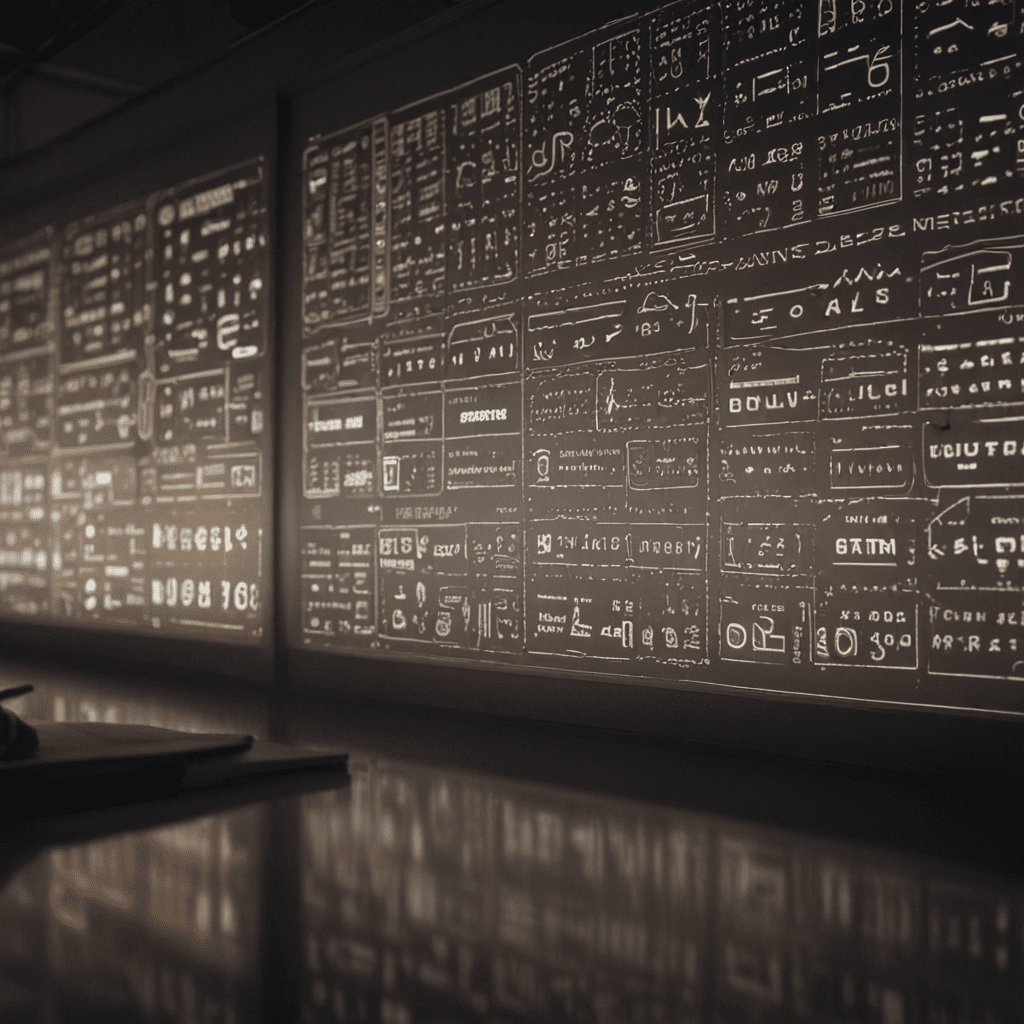
Introduction
In the ever-evolving digital landscape, user-centric design has emerged as a paramount strategy for creating products and experiences that resonate deeply with users. User-centric design prioritizes the understanding of user needs, behaviors, and preferences throughout the product development lifecycle, resulting in solutions that offer exceptional functionality and usability. By embracing a user-centric approach, businesses can foster profound customer satisfaction, drive innovation, and secure a competitive advantage in today's technology-driven markets.
Understanding User-Centric Design
User-centric design is a human-centered approach that revolves around the notion of placing the user at the core of all design decisions. It encompasses a set of principles that guide the design process, including:
- Emphasizing user needs: User-centric design places primary importance on identifying and fulfilling the actual needs of users, prioritizing their goals, motivations, and pain points.
- Iterative and collaborative: The user-centric design process is iterative and involves ongoing collaboration with users to gather feedback and refine designs, ensuring alignment with user expectations.
- Data-driven: User-centric design relies heavily on user research and data analysis to inform design decisions and quantify user satisfaction, enabling evidence-based design choices.
- Accessible and inclusive: User-centric design strives to create solutions that are accessible and inclusive, considering the needs of users with diverse abilities and backgrounds.
Benefits of User-Centric Design
Implementing user-centric design practices offers numerous benefits for businesses and users alike:
- Enhanced User Experience (UX): By designing with users in mind, businesses can create products that are easy to use, efficient, and enjoyable, leading to increased user satisfaction and engagement.
- Increased Product Adoption and Retention: User-centric designs result in products that better meet user needs, fostering higher adoption rates and encouraging long-term usage.
- Improved Return on Investment (ROI): By investing in user-centric design, businesses can reduce development costs through iterative improvements, optimize marketing efforts by targeting specific user segments, and generate greater revenue through enhanced customer loyalty.
The User Research Phase
A cornerstone of user-centric design is the user research phase, which involves gathering deep insights into user needs and behaviors. This phase entails:
- Conducting user interviews and surveys: Engaging directly with users through interviews and surveys helps uncover their motivations, pain points, and expectations.
- Creating user personas and empathy mapping: Developing user personas and empathy maps allows designers to gain a comprehensive understanding of user profiles, enabling them to design solutions that resonate with their target audience.
Information Architecture and Content Strategy
Information architecture and content strategy play a pivotal role in user-centric design, ensuring that content is organized and presented in a clear and concise manner. Information architects design the structure of content, organizing it into categories and subcategories to facilitate intuitive navigation. Content strategists, on the other hand, plan and create content that effectively communicates with users, considering factors such as tone, style, and readability.
The Role of User Experience (UX)
User experience (UX) encompasses the overall experience users have when interacting with a product or service. UX designers focus on measuring user satisfaction and engagement through metrics such as usability, accessibility, and desirability. They employ iterative design processes to continuously improve the user experience, testing and refining designs based on user feedback. By prioritizing user satisfaction, UX designers strive to create products that are not only functional but also enjoyable and memorable.
User-Centric Design in Product Development
Incorporating user-centric design principles into product development is essential for creating products that meet the needs of the target market. UX insights inform the product roadmap, ensuring that user needs are considered at every stage of the development process. Designers strike a balance between user needs and business goals, seeking to create products that are both valuable to users and profitable for the company. User-centric product testing and validation are crucial for evaluating the effectiveness of design decisions and ensuring that the final product aligns with user expectations.
Benefits of User-Centric Design
Embracing user-centric design practices offers numerous benefits for businesses and users alike. Increased customer satisfaction and loyalty are key outcomes, as user-centric products cater to the specific needs and preferences of the target audience. This leads to improved product adoption and retention, as users are more likely to adopt and continue using products that offer a positive and valuable experience. Ultimately, user-centric design enhances brand reputation, as companies that prioritize user satisfaction are perceived as being trustworthy and customer-focused.
Conclusion
In the modern digital landscape, user-centric design has become an indispensable approach for creating products and experiences that resonate with users. By prioritizing user needs and behaviors throughout the design process, businesses can develop solutions that offer exceptional functionality, usability, and enjoyment. As technology continues to evolve, new trends and emerging technologies in UX will continue to shape the future of user-centric design, empowering businesses to deliver unparalleled user experiences.
FAQ
Q: What are the key principles of user-centric design?
A: The key principles of user-centric design include emphasizing user needs, adopting an iterative and collaborative approach, relying on data-driven insights, and ensuring accessibility and inclusivity.
Q: How does user-centric design benefit businesses?
A: User-centric design benefits businesses by enhancing user experience, increasing product adoption and retention, improving return on investment, and fostering customer satisfaction and loyalty, which positively impacts brand reputation.
Q: What is the role of user research in user-centric design?
A: User research is a crucial phase in user-centric design, involving gathering deep insights into user needs and behaviors through methods such as user interviews, surveys, user personas, and empathy mapping.
Q: How is user experience (UX) measured?
A: UX is measured through metrics such as usability, accessibility, and desirability, which evaluate the overall user experience based on factors like ease of use, efficiency, and user satisfaction.
Q: How can businesses integrate user-centric design into product development?
A: Businesses can integrate user-centric design into product development by incorporating UX insights into the product roadmap, balancing user needs with business goals, and conducting user-centric product testing and validation.


